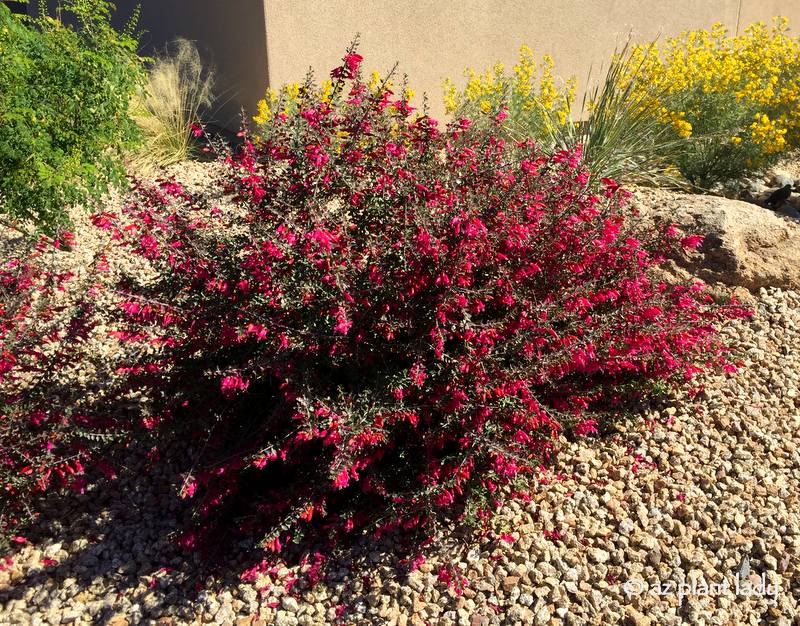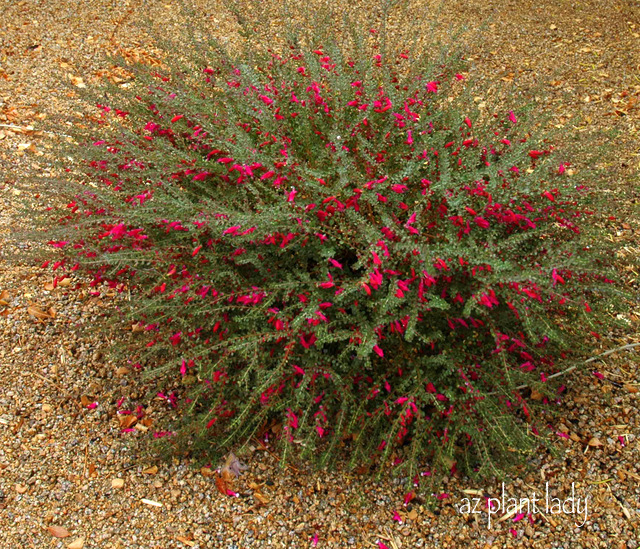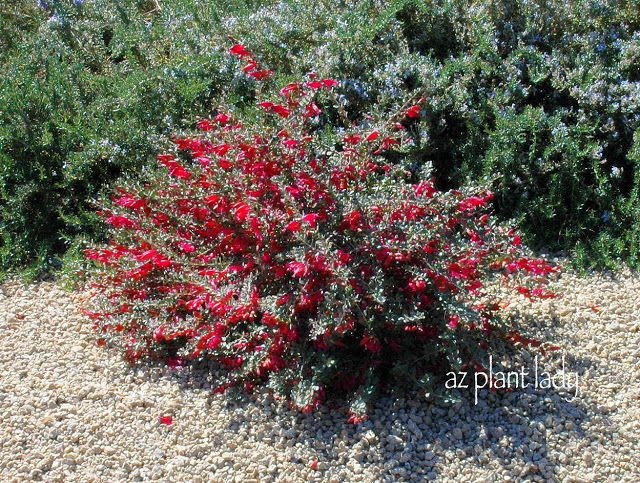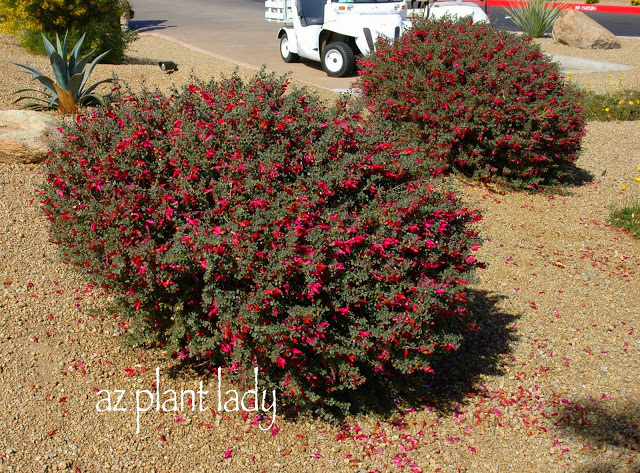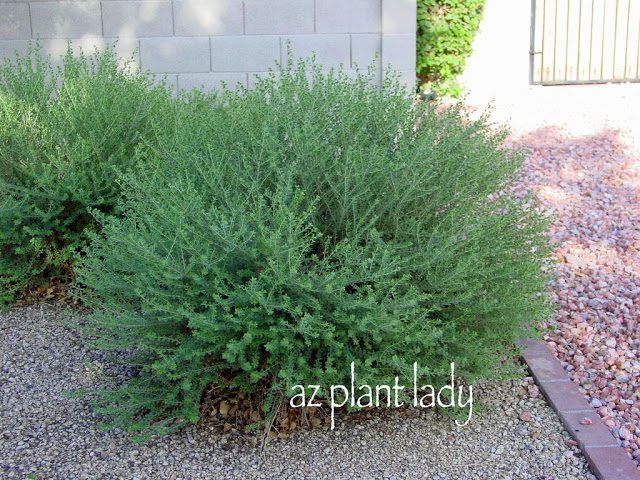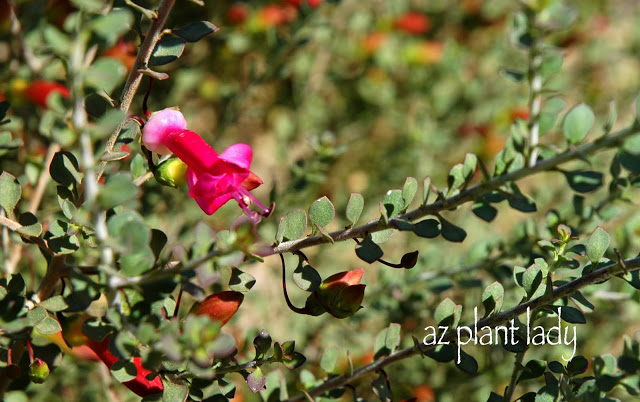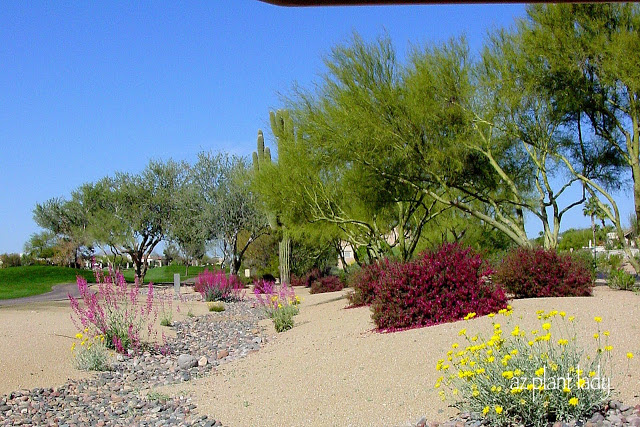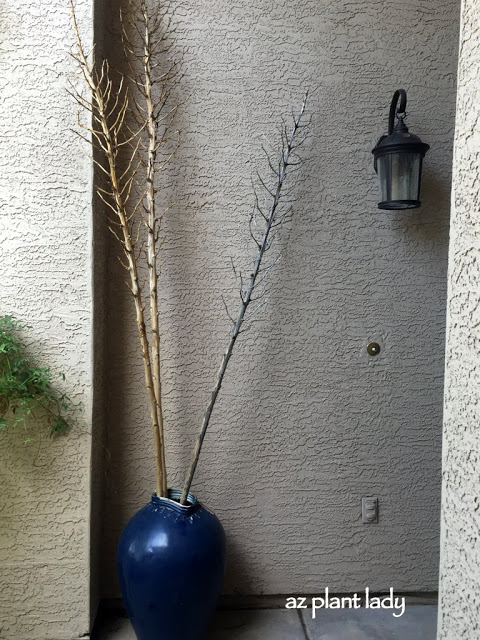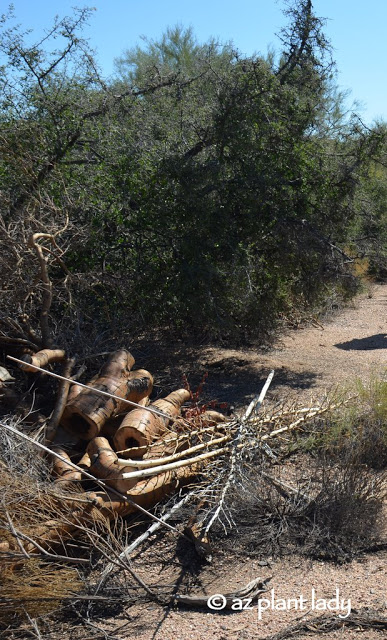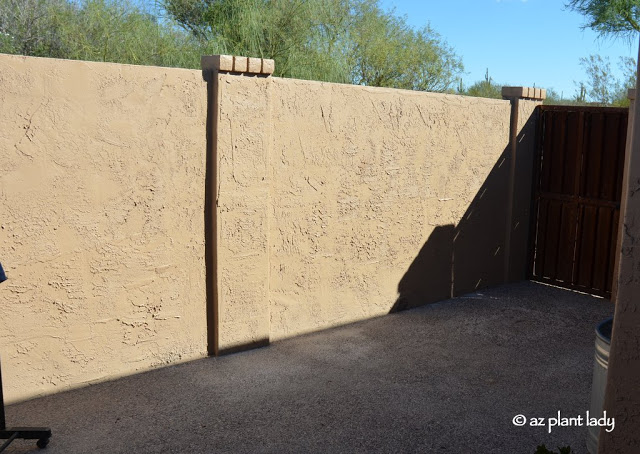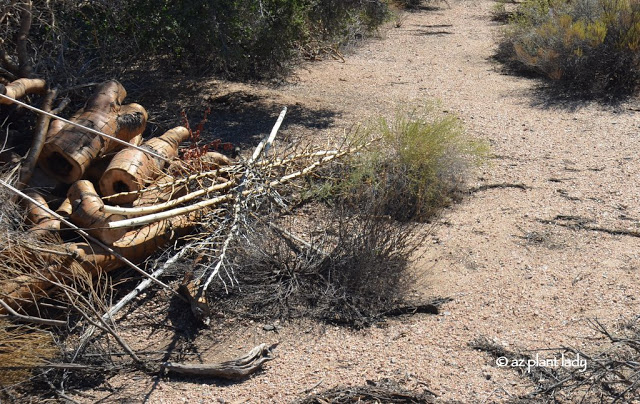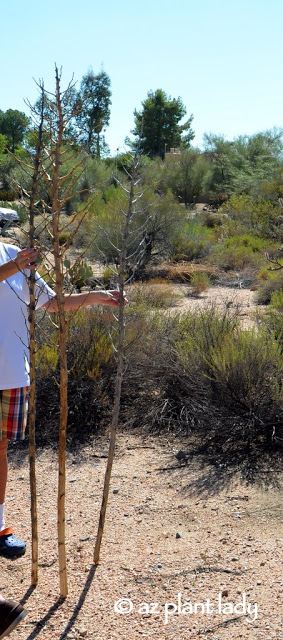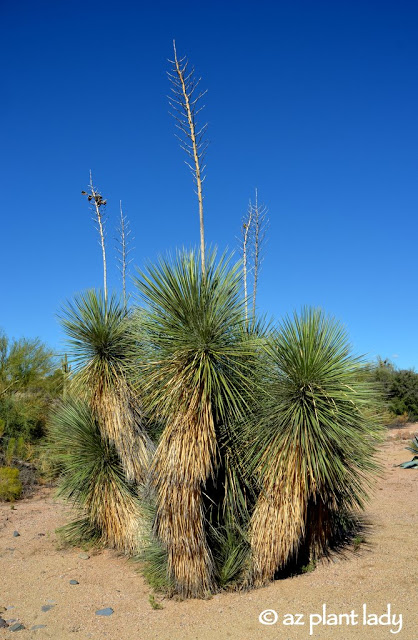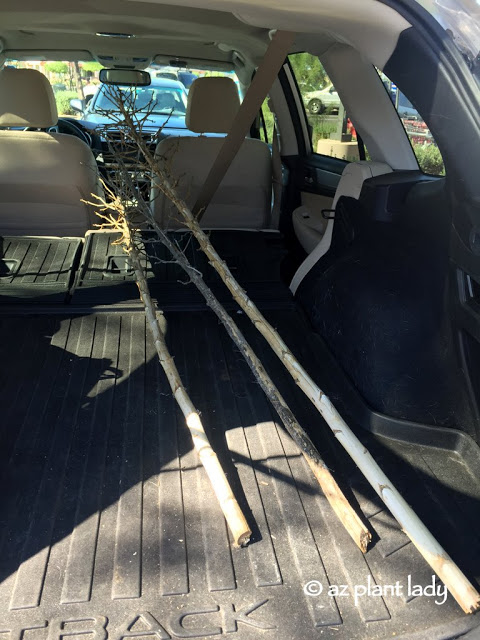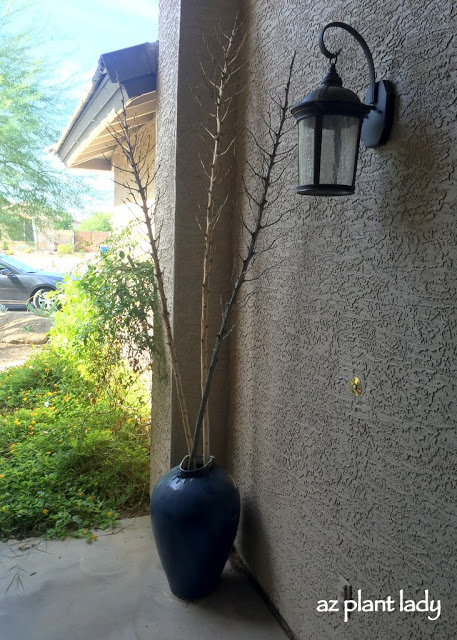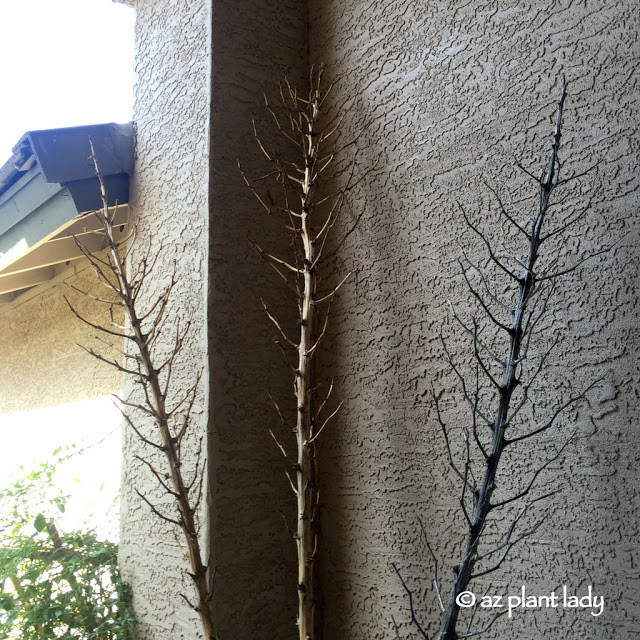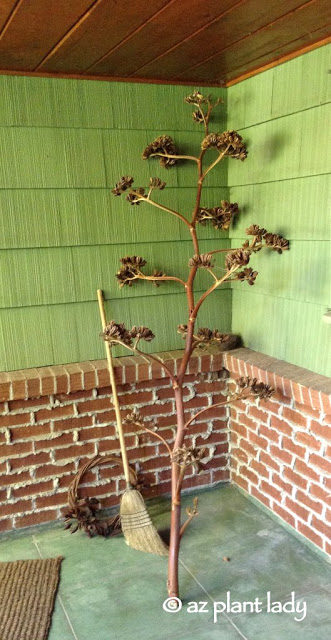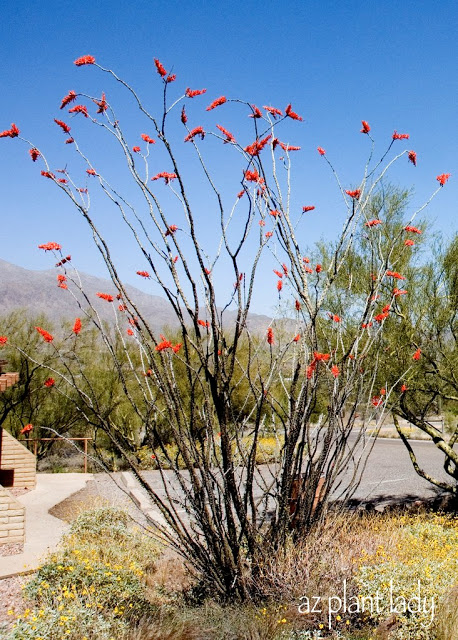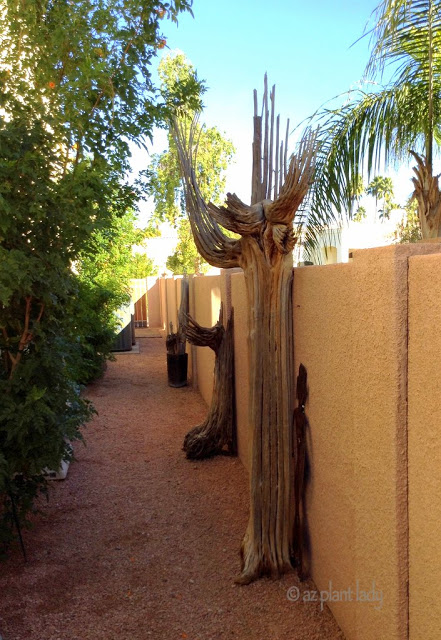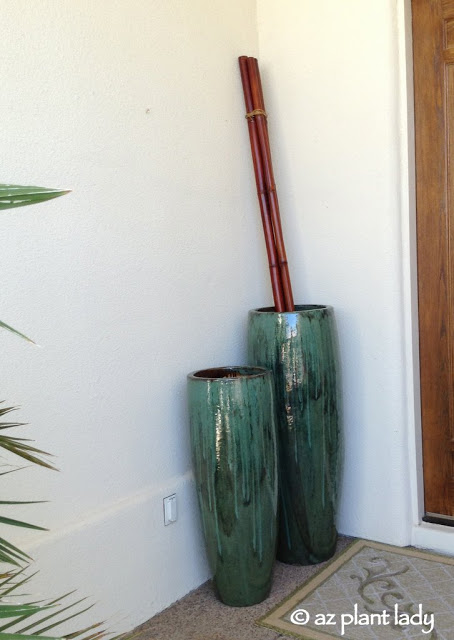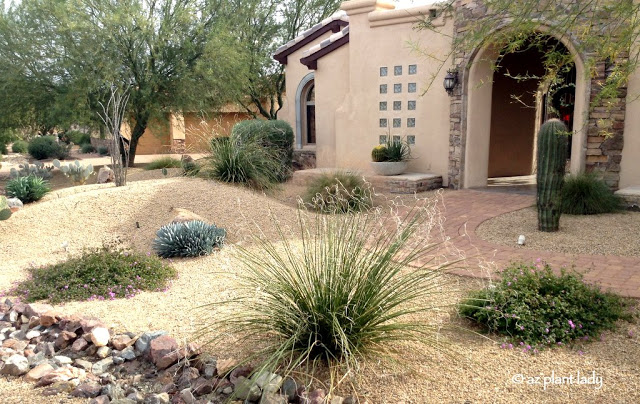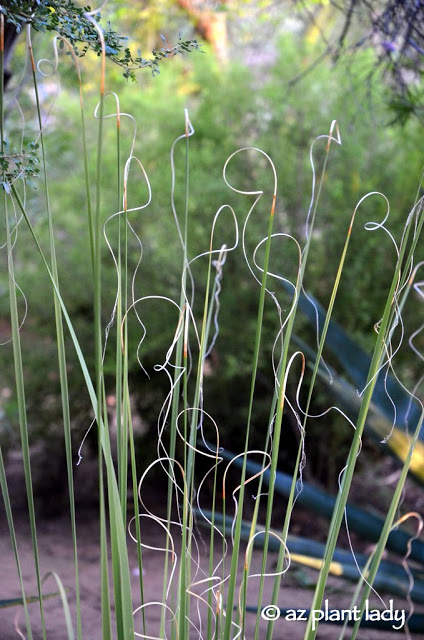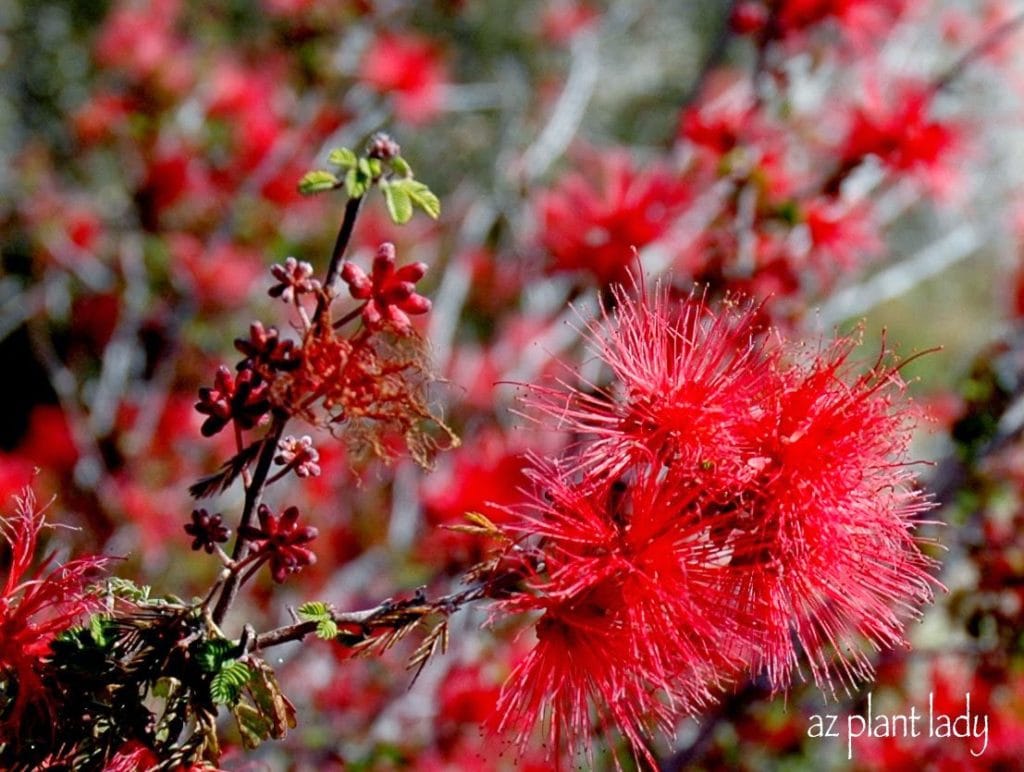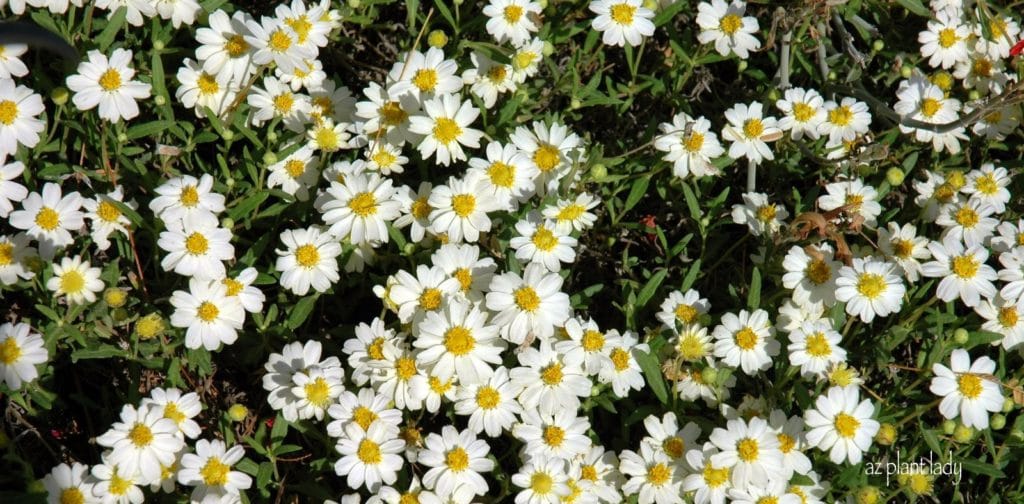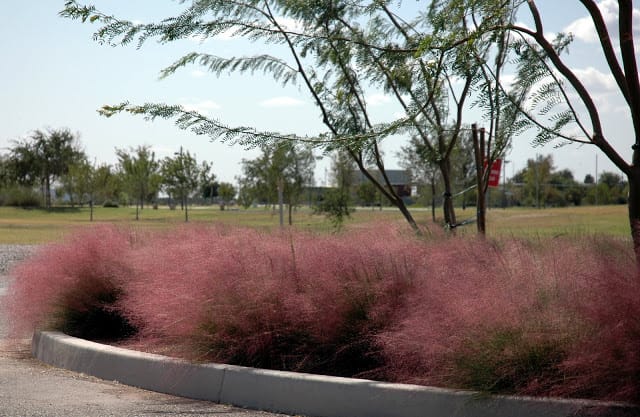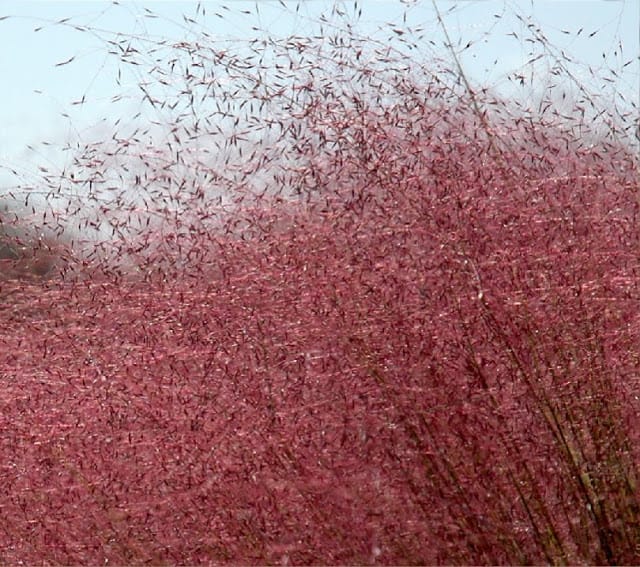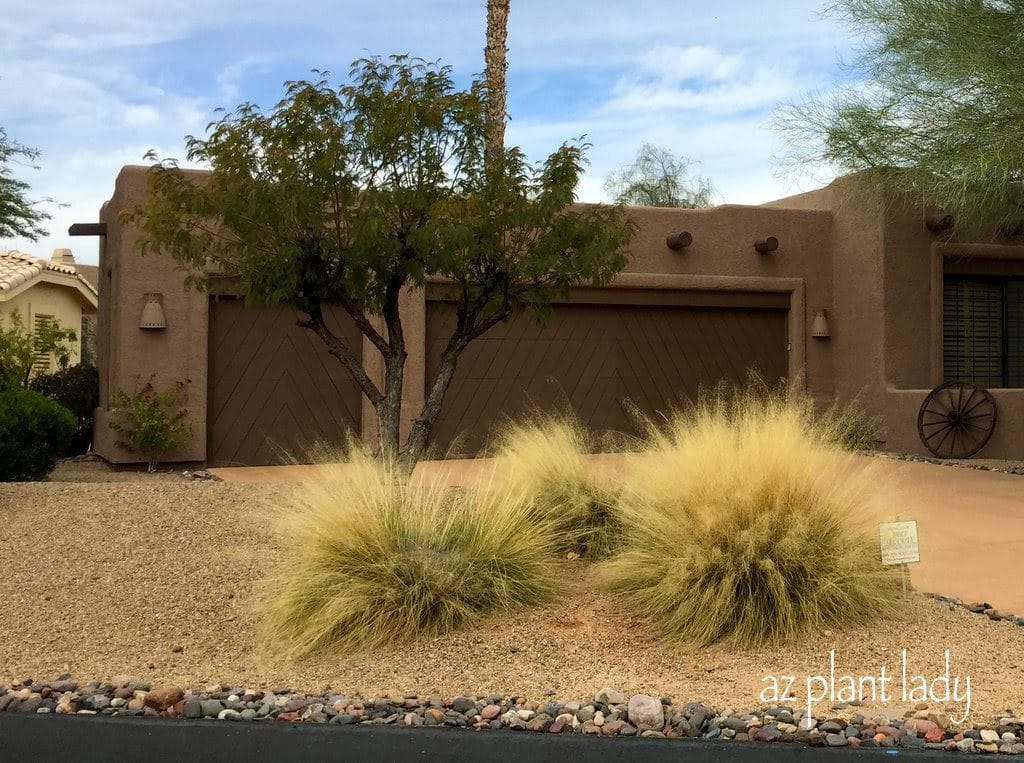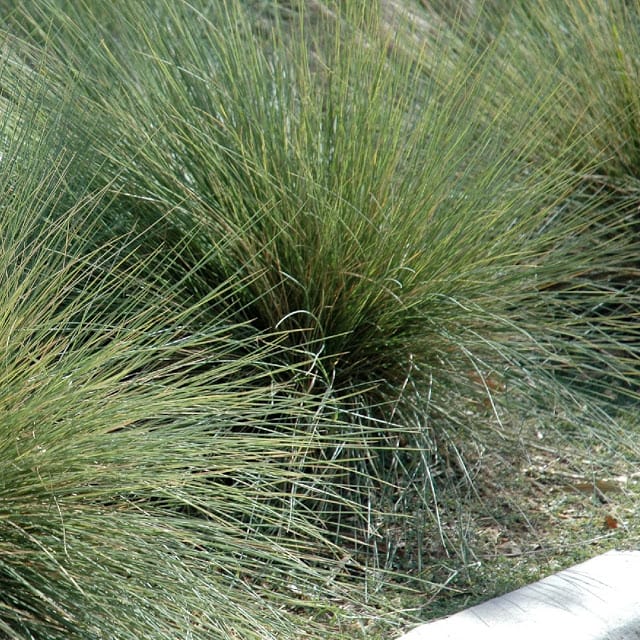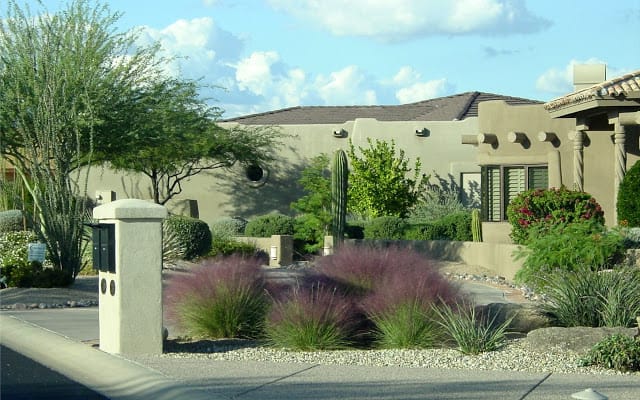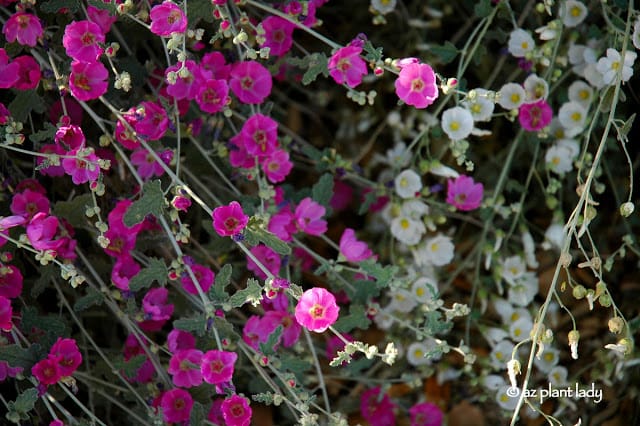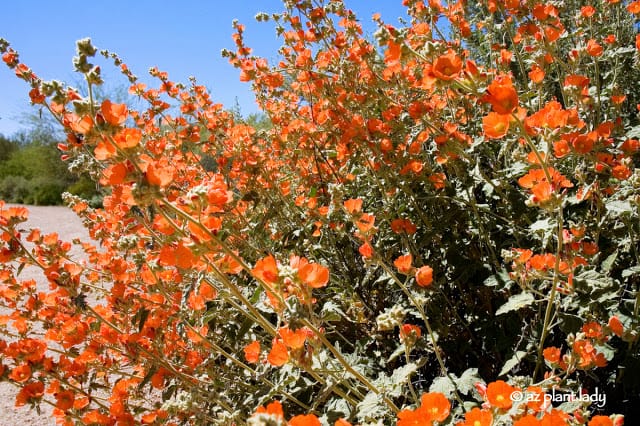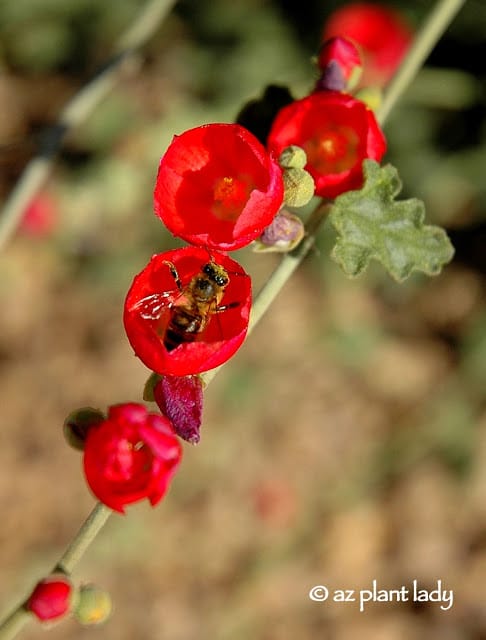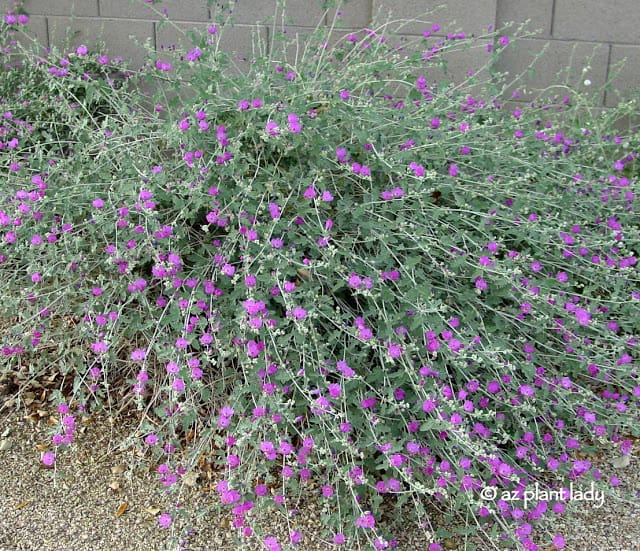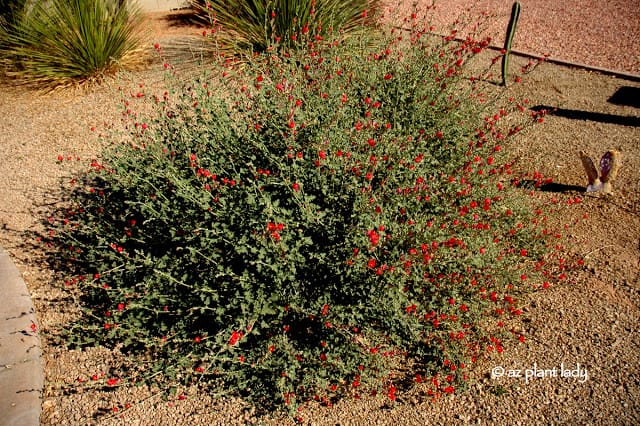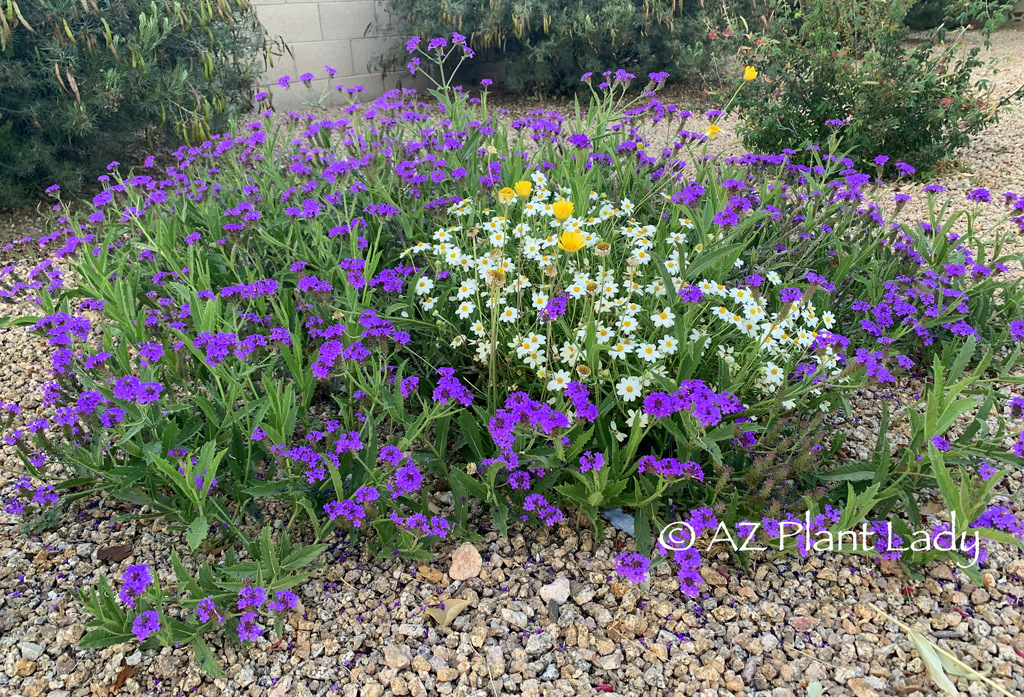
The Joy of Unexpected Bouquets in the Garden
A Garden Surprise with Sandpaper Verbena
Have you ever had the experience of receiving an unexpected self-planted bouquet?
I’ve been blessed to have gotten bouquets throughout my life from my wonderful husband, my children, and in the past – from a boyfriend or two.
Blooming Definitions: Exploring the Concept of Bouquets
But recently, I was presented with a bouquet from an unlikely source.
If you look up the definition of the word, ‘bouquet’, it states “an attractively arranged bunch of flowers, especially one presented as a gift or carried at a ceremony.”
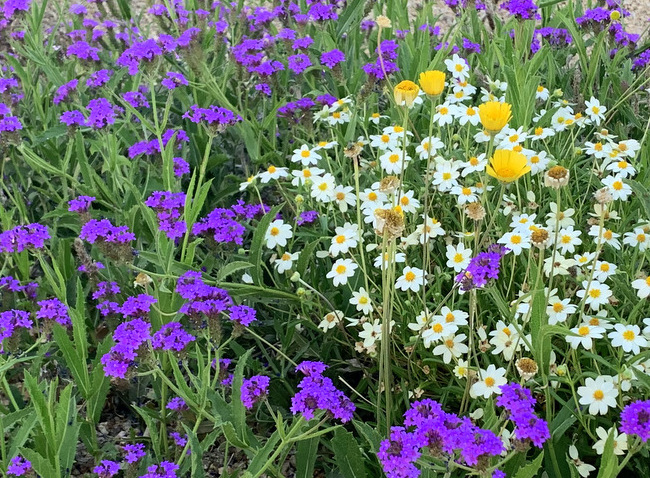
Nature’s Gift: The Unplanned Bouquet in My Garden
This spring, I was delighted to see that my garden had presented me with an unexpected bunch of flowers – in other words, a bouquet.
This area in my front garden has a lovely Sandpaper Verbena (Glandularia rigida), which is a ground cover with vibrant purple flowers. It blooms spring through fall and thrives in full sun.
I planted the Sandpaper Verbena, however, I didn’t add the other flowers in this area.
The Unexpected Garden Companions: Blackfoot Daisy and Angelita Daisy
Last year, I noticed the white flowers of Blackfoot Daisy (Melampodium leucanthum) growing up in the middle of the Verbena. It came from a seed from a nearby plant that alighted in this area and grew in the presence of irrigation.
I liked the look and as the plants were doing well together, I left them to their own devices.
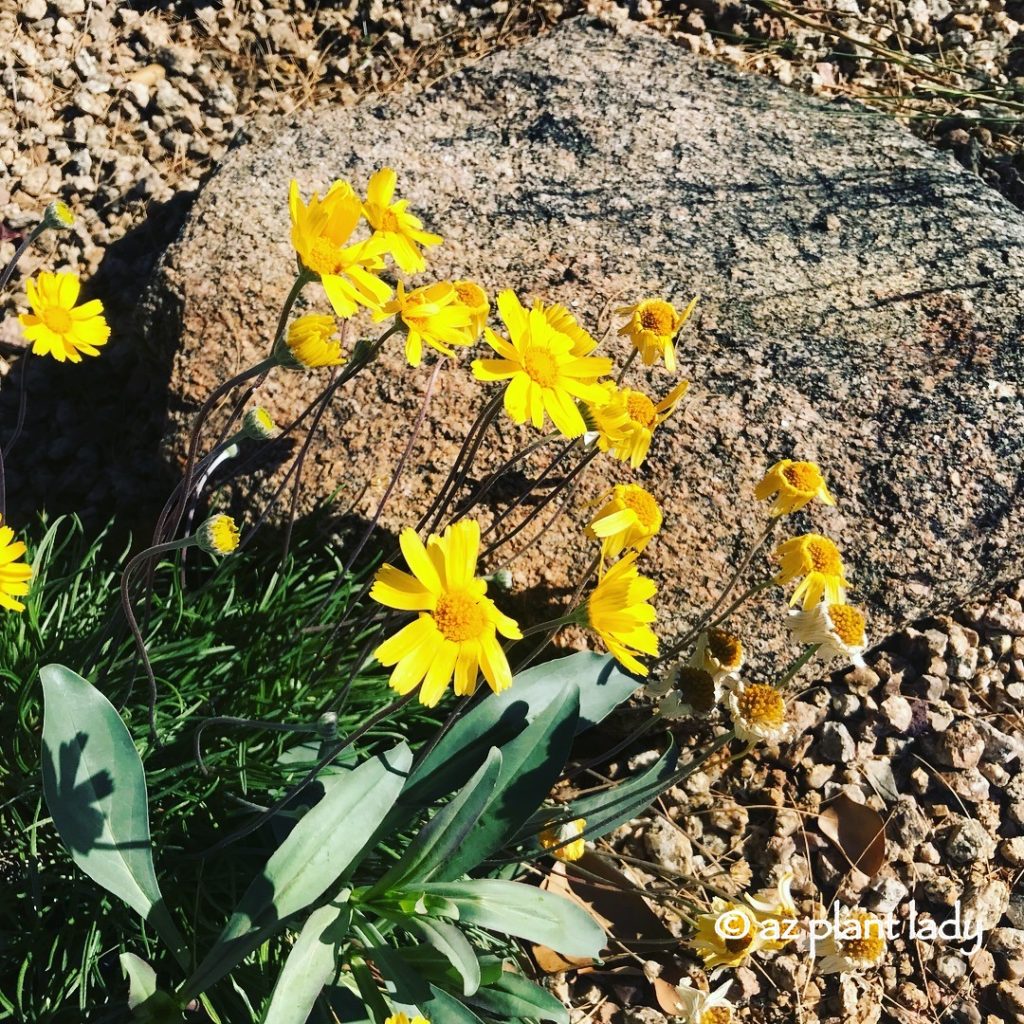
Well evidently, someone else wanted to join the party. Enter, Angelita Daisy (Tetraneuris acaulis) that came up on its own. I have several throughout the landscape and they do self-seed sometimes.
I absolutely adore colorful plants and I must say, I am so happy with this bouquet growing in my garden. As long as they play nice and one doesn’t try to take over the other, they can remain.
Who knows who will show up in my living bouquet next year?


